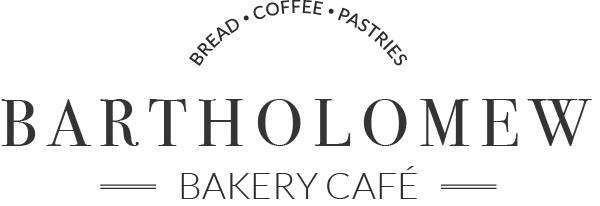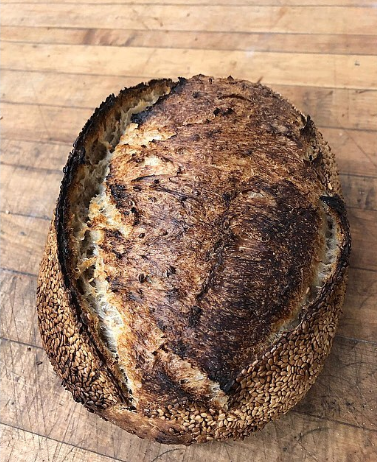Tried and True: Why Artisanal Bread Will Never Go Out of Style
Artisanal bread has been used by traditional and commercial bakeries for years. Below, we explain the background of artisanal bread and how the age-old traditions are still being used today to bake unmistakable mouthwatering bread!
The History of Artisanal Bread and Its Rise in Popularity
There is some debate about the exact birth of artisanal bread, but evidence shows the first bread ovens were built nearly 12,000 years ago. At this time, clay pots were used over hot coals by the Egyptians and Mesopotamians. A dough mixture was then placed over the top and sides of the pot and allowed to cook.
Over time various designs of “ovens” were created by cooks in Pakistan and Greece with use of straw, clay, and wood. Throughout history whole loaves of bread were baked and eventually “sold” using different natural ingredients.
It wasn’t until the 20th century when what we now know as commercial bread was baked, sliced, and sold. Over the past 80 years, some commercial bakeries have produced bread with health-conscious customers in mind. Then in the 21st century, artisanal bread began to surpass the demand for commercially processed bread loaves.
The Benefits of Artisanal Bread Over Mass-Produced/Commercial Bread
Artisanal bread is definitely the way to go when it comes to freshness and deliciousness! Also known as "craft bread," artisanal breads use traditional methods that take time and care to produce. This includes fermenting dough with starter cultures and longer bulk fermentation times. To differentiate it from store-bought bread, most artisanal loaves are made by hand, with simple ingredients like flour, water, salt, yeast, and sometimes a bit of sugar to help the dough rise.
Sparked by the slow-food movement and fuelled by the popularity of farmers markets, artisanal bread is becoming more widely available throughout the country. There's no going wrong with artisanal-style baked goods; they represent a commitment to quality that you simply won't find anywhere else!
Popular Types of Artisanal Bread
The availability of artisanal bread varies among bakeries. The most popular loaves include sourdough, ciabatta, baguette, focaccia, panettone, brioche, and naturally leavened white and multigrain bread.
The Future of Artisanal Bread and Why It Will Never Go Out of Style
Modern technology may attempt to mimic the consistency, taste, and development of artisanal bread, but there is something about keeping the traditional handcrafted methods. Recent global experiences have pushed the phrase “conscious baking” to a new level.
More and more people are demanding artisan-style breads that are deemed gluten-free, vegan, and/or contain more natural ingredients. Having fibre enriched and probiotic bread has led to gut-friendly baking methods.
Bartholomew Bakery's Popular Artisanal Bread
If you’re looking for a local bread bakery, consider stopping by Bartholomew Bakery which offers an authentic European café experience. Our goal is to provide handmade, all natural, uncomplicated and delicious baked goods through our wide selection of artisanal breads.
Taste our Country White Pullman, Cheesy Poppyseed Loaf, Polenta and Toasted Sunflower, and our Apple and Cinnamon Hot Cross Buns. For scrumptious sourdough, we offer regular, Oat, Apple and Cinnamon, Tomato and Roasted Garlic, Jalapeño and Cheddar, Crispy Salumi and Onion, and our unique Chocolate Mini-Egg Sourdough. Contact us today or stop by our bakery to sample our homemade bread in Vaughan.



